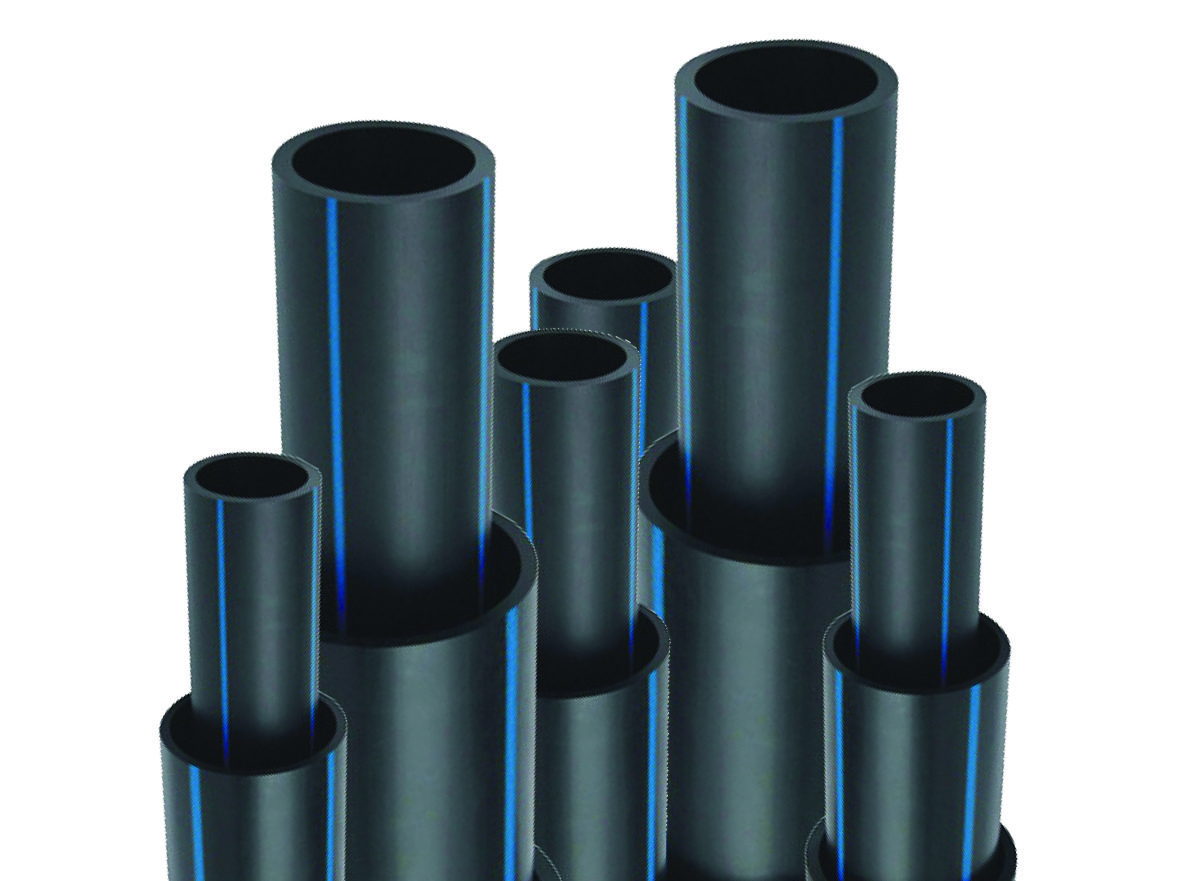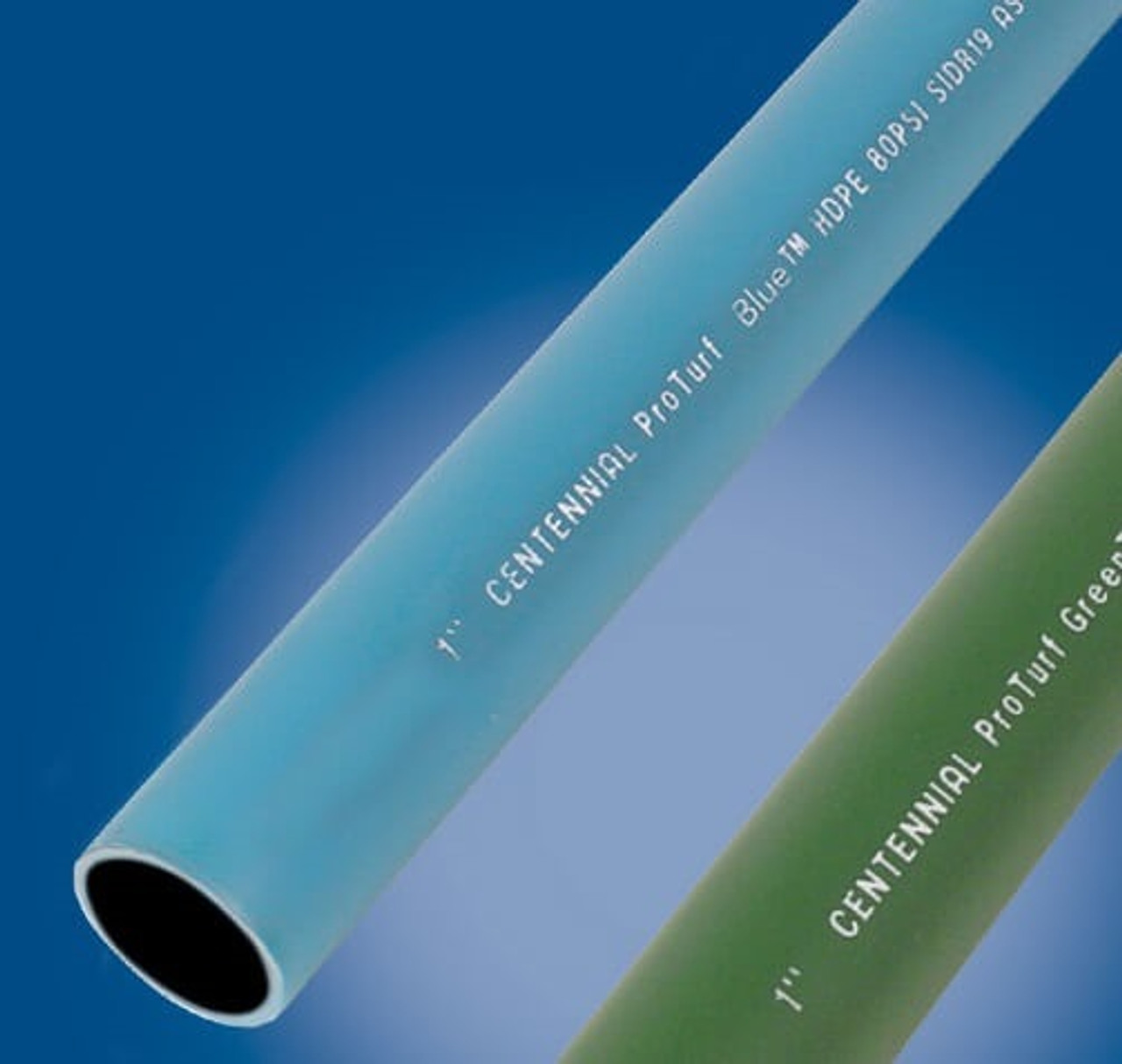The Comprehensive Resource to Pipe Manufacturing Midland TX for Industrial Needs
Wiki Article
Discover the Manufacturing Refine Behind High-Quality HDPE Pipeline and Its Applications
The manufacturing process of high-quality HDPE pipelines is intricate and systematic. It starts with the option of raw products that improve efficiency. Following this, ethylene undertakes polymerization to develop material, which is then shaped with extrusion. Quality assurance is paramount, guaranteeing that the end product meets rigorous standards. The trip of HDPE pipes doesn't end with manufacturing. Their applications throughout numerous markets reveal a more comprehensive relevance worth examining.Comprehending HDPE: Qualities and Advantages

High-density polyethylene (HDPE) is a flexible thermoplastic known for its longevity and resistance to numerous ecological aspects. This product shows outstanding tensile stamina, making it suitable for requiring applications. Its low-density structure adds to a light-weight item, facilitating convenience of handling and installment. HDPE likewise showcases impressive resistance to chemicals, which decreases destruction when revealed to severe compounds.
The product's reduced moisture absorption additionally enhances its longevity, making it excellent for usage in pipelines and tank. Furthermore, HDPE is immune to ultraviolet (UV) radiation, making certain that items preserve their stability even when revealed to sunshine. Its flexibility permits for the creation of detailed forms without compromising stamina. The environmentally friendly nature of HDPE, frequently stemmed from recycled materials, includes in its appeal, advertising sustainable techniques in production. Generally, these buildings and advantages make HDPE a favored choice for different industrial and consumer applications.
Basic Material Option for HDPE Production
The selection of basic materials for HDPE manufacturing is necessary to confirm the last product meets the preferred specifications and quality standards. High-density polyethylene (HDPE) is mainly produced from polymerized ethylene, obtained from nonrenewable fuel sources such as natural gas or unrefined oil. The top quality of these feedstocks significantly influences the mechanical and thermal residential or commercial properties of the last HDPE.Additives additionally play a considerable role in boosting HDPE's performance, including antioxidants, UV stabilizers, and colorants, which enhance resilience and resistance to environmental variables. The selection process must think about not just the chemical make-up of the raw materials yet likewise their handling features to guarantee reliable production.
Furthermore, the sourcing of raw products should focus on sustainability and conformity with environmental laws, as responsible practices are critical in today's market. Eventually, careful resources choice lays the structure for producing high-grade HDPE pipelines suitable for varied applications.
The Extrusion Refine: Shaping HDPE Pipeline
The extrusion procedure plays an essential function in forming HDPE pipelines, starting with careful product preparation methods that guarantee optimal flow and consistency. Just as essential is the design of the die, which directly affects the final measurements and surface high quality of the pipeline. Together, these elements contribute substantially to the effectiveness and quality of HDPE pipe manufacturing.Product Preparation Methods
Efficient manufacturing of HDPE pipes begins with precise material prep work methods, particularly the extrusion procedure. Throughout this phase, high-density polyethylene material is initial dried to get rid of wetness, ensuring optimal circulation qualities. The resin is then fed into the extruder, where it undergoes heating and melting, transforming right into a thick state. This home heating process is very carefully regulated to keep the product's stability and efficiency. The molten HDPE is required with a die, forming it right into a constant pipeline type. Appropriate temperature administration during extrusion is important, as it directly affects the product's properties and the last item top quality. As soon as shaped, the HDPE pipe is cooled down and cut to specified sizes, ready for subsequent handling and applications.Die Design Importance
Accuracy in die style plays a vital duty in the extrusion process of HDPE pipes. The die functions as the last shaping device, directly affecting the pipe's measurements, wall surface density, and surface coating. A well-designed die assurances consistent product flow, lowering issues such as irregularities and vulnerable points. The geometry of the die must be maximized to suit the certain buildings of HDPE, including its viscosity and thermal behavior throughout extrusion. In addition, the cooling rate of the material as it passes via the die can considerably affect the pipe's architectural integrity. Consequently, buying innovative die technology is vital for producers intending to generate high-quality HDPE pipelines that fulfill industry standards and client assumptions.High Quality Control Procedures in HDPE Manufacturing
Various factors affect the high quality of HDPE pipeline production, effective high quality control actions are crucial to assure uniformity and integrity in the final product (American Plastics HDPE Pipe Manufacturing). Key quality control methods include extensive material assessment, validating that the raw polyethylene fulfills recognized criteria for pureness and density. During the extrusion procedure, specifications such as temperature level, pressure, and cooling time are very closely checked to preserve dimensional accuracy and architectural integrityFurthermore, post-production testing is essential; manufacturers often perform hydrostatic tests to assess the pipeline's toughness and resistance to stress. Visual assessments for surface flaws additionally improve high quality assurance. Accreditation from appropriate criteria organizations, like ASTM or ISO, provides an additional layer of trustworthiness. By implementing these complete high quality control actions, manufacturers can minimize flaws, improve performance, and make sure that the HDPE pipes fulfill the certain requirements of numerous applications, inevitably bring about client complete satisfaction and count on the item.
Applications of HDPE Pipe Across Industries
HDPE pipelines are utilized across various fields because of their longevity and convenience. In water distribution systems, they ensure reliable shipment, while in wastewater monitoring, they offer dependable remedies for waste transport. Furthermore, agricultural watering networks benefit from HDPE's resistance to rust and versatility, making it an ideal selection for modern-day farming methods.
Water Circulation Equipments
A significant number of industries rely upon high-density polyethylene (HDPE) pipes for reliable water circulation systems. Recognized for their toughness and resistance to corrosion, HDPE pipelines are widely made use of in metropolitan water system networks, agricultural watering, and industrial applications. Their lightweight nature promotes easy handling and setup, minimizing labor prices and time. In addition, HDPE pipelines can suit different stress levels, making them suitable for both reduced and high-pressure systems. American Plastics HDPE Pipe Manufacturing. The versatility of the material permits for seamless integration right into existing facilities, lessening the here need for extensive excavation. Additionally, HDPE's resistance to chemical leaching warranties that the water delivered stays safe and clean, making it an optimal option for preserving the top quality of safe and clean water throughout various fieldsWastewater Management Solutions
Efficient water circulation systems likewise lead the way for innovative wastewater management options, where high-density polyethylene (HDPE) pipelines play a substantial duty. Renowned for their sturdiness and resistance to rust, HDPE pipes are optimal for moving wastewater in various setups. Their versatility permits easy installation in intricate settings, decreasing the requirement for substantial excavation. Furthermore, HDPE's smooth interior surface area minimizes rubbing, improving flow prices and performance. These pipelines are likewise resistant to chemical leaching, ensuring that impurities do not jeopardize the surrounding atmosphere. Industries, communities, and treatment centers significantly rely upon HDPE pipelines for their integrity and long life, making them a preferred selection for contemporary wastewater management systems. This flexibility emphasizes the essential relevance of HDPE pipes across countless applications.Agricultural Irrigation Networks
Agricultural irrigation networks profit considerably from the usage of high-density polyethylene (HDPE) pipes, which give reliable and reputable water delivery to plants. HDPE pipes are lightweight, making them simple to transfer and install, while their versatility enables various configurations in varied terrains. These pipes show outstanding resistance to deterioration, chemicals, and UV radiation, making certain sturdiness in harsh farming atmospheres. In addition, their smooth indoor surface minimizes friction loss, optimizing water flow and reducing energy expenses connected with pumping. The long life of HDPE pipelines, usually exceeding 50 years, adds to lower upkeep and substitute costs. Farmers increasingly rely on HDPE pipes to enhance irrigation effectiveness and promote sustainable farming methods, inevitably leading to enhanced plant returns and resource preservation.
Future Fads in HDPE Pipeline Innovation
As the need for lasting and effective infrastructure expands, innovations in HDPE pipe innovation are poised to change numerous industries. Emerging trends consist of the assimilation of clever modern technologies, such as sensing units and IoT capacities, which help with real-time tracking of pipe conditions, lowering upkeep costs and preventing leaks. In addition, the advancement of advanced production methods, such as 3D printing, is making it possible for the production of facility, customized pipeline layouts that accommodate certain project demands.The emphasis on recycling and round economic climate techniques is driving the development of HDPE pipes made from recycled products, boosting sustainability. Enhanced jointing techniques, such as electro-fusion and mechanical installations, are also improving installation effectiveness and dependability. Lastly, the expanding emphasis on environmental guidelines is pressing suppliers to adopt greener production processes, making certain that HDPE pipes not only meet sector standards however additionally foster an even more lasting future for infrastructure growth.
Often Asked Concerns
Just How Does HDPE Contrast to Other Plastic Materials?
HDPE outmatches several other plastic materials concerning toughness, chemical resistance, and adaptability. Its reduced density and high tensile toughness make it perfect for various applications, typically exceeding alternatives in both performance and durability.What Are the Ecological Influences of HDPE Manufacturing?
The environmental impacts of HDPE production consist of greenhouse gas discharges, power usage, and prospective air pollution from producing procedures. Furthermore, improper disposal can cause soil and water contamination, elevating worries concerning long-lasting eco-friendly impacts.Can HDPE Water Lines Be Reused?
Yes, HDPE pipelines can be recycled. Several facilities accept utilized HDPE for processing, changing it right into new products. This recycling adds to sustainability efforts, lowering plastic waste while conserving sources and energy in the production cycle.What Is the Lifespan of HDPE Water Lines?

Exactly How Do Temperature Variations Influence HDPE Pipe Performance?
Temperature variations considerably influence HDPE pipeline efficiency, influencing adaptability and strength. High temperature levels can bring about softening, while low temperature levels might trigger brittleness, inevitably influencing the pipeline's durability and suitability for various applications in varied environments.Report this wiki page